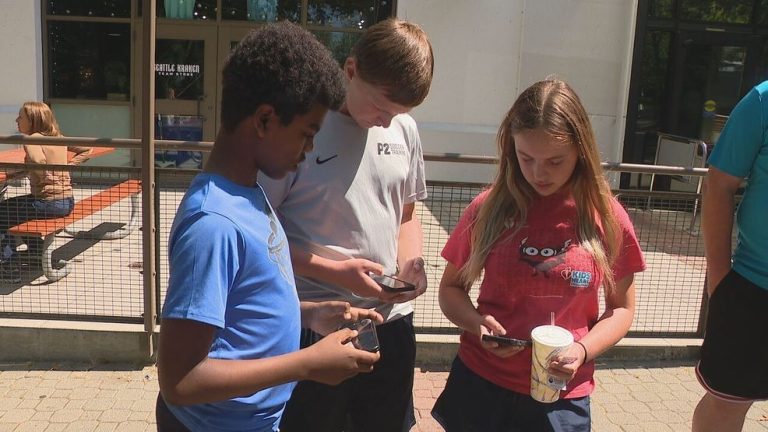The Shadow of Social Media: Navigating the Digital Landscape for Youth Mental Well-being
The digital age has ushered in unprecedented connectivity through social media platforms, transforming how we interact, communicate, and consume information. While these platforms offer potential benefits, concerns about their impact on youth mental health have intensified, prompting experts and families to grapple with the complexities of navigating this digital landscape. A recent advisory from the U.S. Surgeon General highlights the pervasiveness of social media among adolescents, with 95% of 13-17 year-olds engaging with these platforms, and one-third reporting near-constant use. This raises critical questions about the potential consequences of such immersion, particularly on the developing minds of young people.
The Surgeon General’s advisory underscores the potential risks associated with excessive social media consumption, including cyberbullying, exposure to harmful content, and negative self-comparison. The constant barrage of curated images and idealized portrayals can contribute to body image issues, anxiety, and depression, particularly among vulnerable adolescents. The allure of social validation and the fear of missing out (FOMO) can further exacerbate these challenges, creating a cycle of dependence and dissatisfaction. The anonymity afforded by online platforms can also embolden negative behavior, leading to cyberbullying and online harassment, which can have devastating consequences for young people.
Amidst the growing concerns, some families are adopting proactive approaches to mitigate the potential harms of social media. Some parents, like the father of two teenagers interviewed in Seattle, choose to delay their children’s access to social media platforms until they deem them mature enough to handle the associated complexities. This approach underscores a growing recognition of the need for parental guidance and open communication about the potential pitfalls of online engagement. Educating children about responsible online behavior, setting clear boundaries around device usage, and fostering open dialogue about online experiences are crucial steps in protecting young people’s mental well-being.
Medical professionals like Dr. Yolanda Evans, division head of adolescent medicine at Seattle Children’s Hospital, echo these concerns. Dr. Evans highlights the potential for social media to contribute to negative behaviors such as self-harm and eating disorders, emphasizing the contagious nature of these trends online. She also points to the risk of online harassment and exposure to inappropriate content. Dr. Evans recommends that parents actively engage with their children’s online experiences, discussing the content they encounter and its emotional impact. She advises establishing clear rules for device usage, including turning off devices an hour before bedtime to prioritize sleep, especially as the school year begins.
Resources such as the American Academy of Pediatrics’ Center of Excellence on Social Media and Youth Mental Health provide valuable information and guidance for families navigating this digital terrain. The AAP’s family media plan offers a framework for parents to develop strategies tailored to their children’s needs and developmental stage. These resources emphasize the importance of open communication, media literacy, and mindful engagement with digital platforms. Empowering children with the skills to critically evaluate online content, recognize harmful trends, and seek support when needed is essential in fostering a healthy relationship with technology.
While the potential downsides of social media are undeniable, it’s important to acknowledge that these platforms can also offer positive connections and support. Some teenagers find solace in connecting with like-minded individuals online, particularly those who share similar struggles or interests. Building online communities can provide a sense of belonging and support, especially for young people who may feel isolated or marginalized in their offline lives. The key lies in finding a balance, utilizing the positive aspects of social media while mitigating the risks through mindful engagement, critical thinking, and open communication with trusted adults. By fostering media literacy, promoting healthy online habits, and prioritizing mental well-being, families can help young people navigate the digital landscape safely and responsibly.


